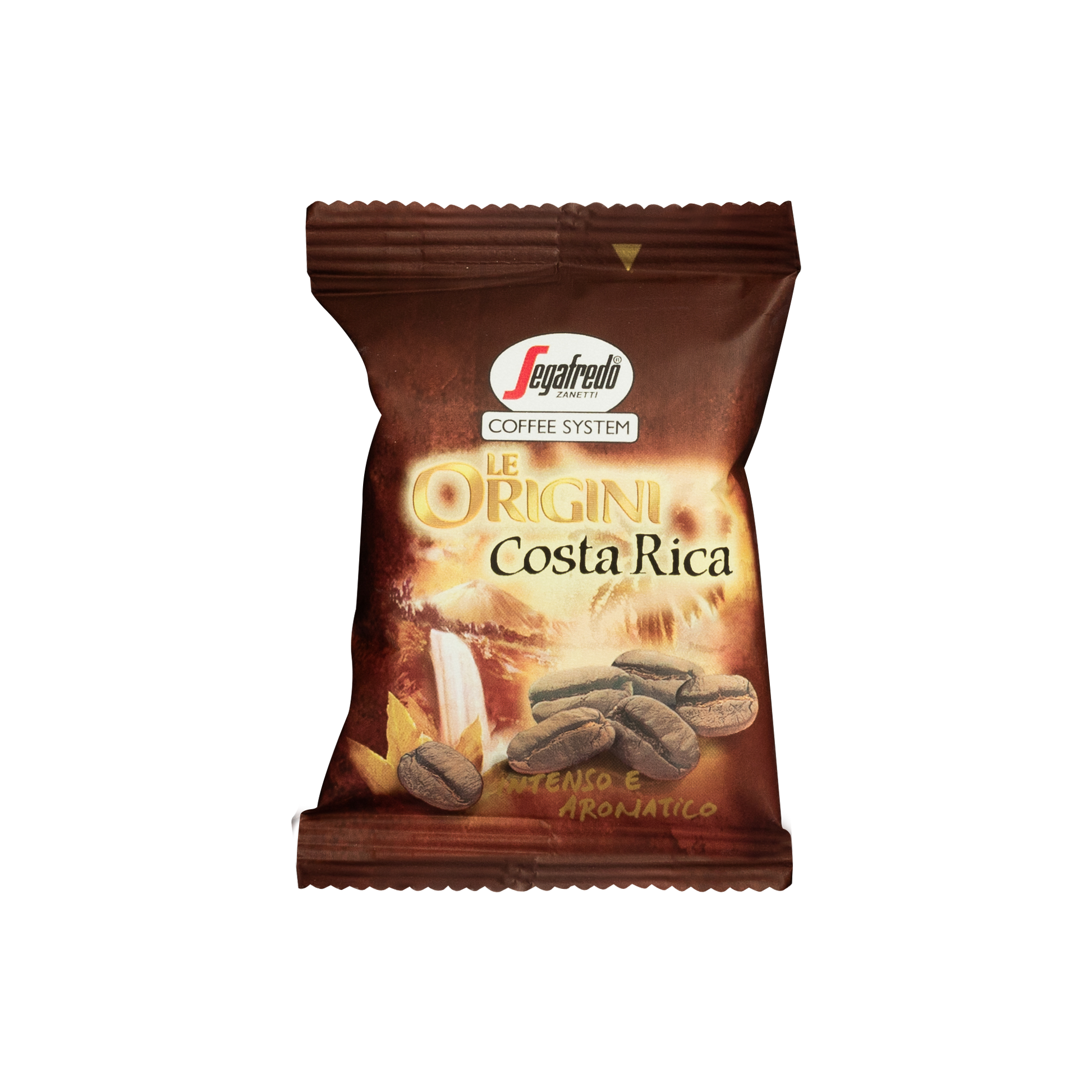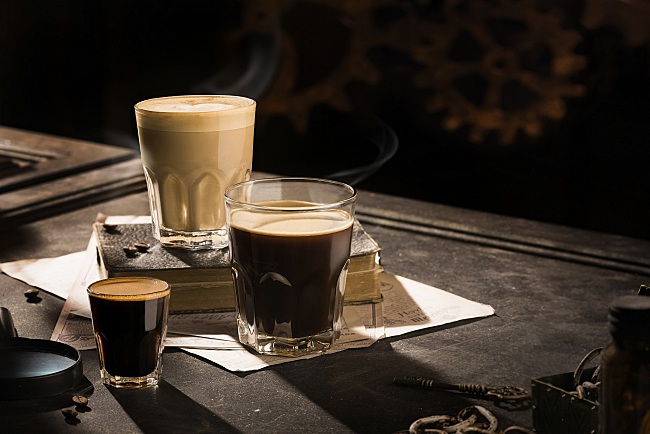Why Espresso Fans Prefer SOE Single Origin Espresso for Authenticity
Why Espresso Fans Prefer SOE Single Origin Espresso for Authenticity
Blog Article
Recognizing Coffee Beans: the Trip From Espresso to Blended Coffee Beans

The Origins of Coffee: An International Viewpoint
While you could assume of coffee as a contemporary staple, its beginnings map back centuries, intertwining with societies throughout the globe. The story starts in Ethiopia, where tale says a goat herdsman called Kaldi discovered the stimulating results of coffee beans after noticing his goats frolicking energetically after eating them.
As profession courses broadened, coffee made its way to Europe in the 17th century, swiftly getting appeal. Each society included its unique spin to coffee preparation, enriching its history.
Farming and Harvesting of Espresso Beans
As coffee's journey advanced, the focus moved to the cultivation and harvesting of certain bean selections, specifically those made use of for espresso. You'll find that espresso beans usually originate from Arabica or Robusta plants, each offering distinctive flavors. The optimal growing conditions consist of high altitudes and abundant, well-drained dirt, which boost the beans' top quality.
During the harvest, choosing methods vary. In some regions, employees hand-pick ripe cherries, guaranteeing only the very best fruit mosts likely to processing. In various other areas, mechanical farmers are used, especially on bigger ranches. When the cherries reach peak ripeness for optimum taste., timing is crucial; you desire to gather.
When collected, the beans are planned for processing, which is crucial in identifying their final preference. Comprehending the cultivation and gathering processes provides you understanding right into what goes into your favorite espresso, enriching your admiration for each and every mug.
Processing Techniques: From Cherry to Bean
Currently that you've found out about harvesting coffee beans, allow's discover how those cherries change right into the coffee beans you like. You'll see just how various harvesting strategies effect flavor, adhered to by the important steps of fermentation and drying out. Finally, we'll damage down the milling and grading procedure that determines your coffee's quality.
Gathering Methods Explained
When it involves coffee, recognizing harvesting methods is essential, considering that they straight impact the flavor and high quality of the beans you appreciate. There are two key methods: careful selecting and strip selecting. Discerning picking entails hand-picking only ripe cherries, guaranteeing you get the very best top quality beans. This technique typically leads to a richer flavor profile, though it's more labor-intensive. On the other hand, strip picking ways collecting all cherries simultaneously, no matter ripeness. While it's quicker and less expensive, this can cause a mix of tastes, affecting the end product. Ultimately, the choice of gathering strategy can greatly influence your coffee experience, so it's worth recognizing just how those beans made it to your mug.
Fermentation and Drying
After collecting, the following action in processing coffee beans play a significant role fit their taste. You'll discover that fermentation is important, as it helps damage down the mucilage bordering the beans, improving their taste account. Relying on the technique, this process can last from a couple of hours to numerous days, with varying results based upon temperature and humidity.
As soon as fermentation is full, drying out complies with, which is just as vital. You can select from mechanical or sun-drying drying techniques. Sun-drying enables the beans to take in flavors from the environment, while mechanical drying out assurances consistent wetness levels despite weather condition. Proper drying out is important to avoid mold and protect the beans' high quality, ultimately affecting your cup of coffee.
Milling and Grading Process
As fermentation and drying out established the phase for taste growth, the milling and grading process guarantees that only the best coffee beans make it to your cup. This stage entails getting rid of the outer layers of the coffee cherry, including the parchment and husk. Top notch beans obtain a greater grade, resulting in a richer coffee experience.
Toasting Methods: Unlocking Flavor Prospective
When you roast coffee beans, the approach you pick can drastically affect the flavor profile. Understanding the relationship between time, temperature, and toasting strategies is vital to disclosing the possibility of your mixture. Allow's discover just how these components come with each other to create the best mug.
Roasting Techniques Described
While you may think that all coffee roasting approaches produce the same outcomes, the truth is that each strategy reveals one-of-a-kind flavor potentials in the beans. Drum toasting uses a turning drum to evenly disperse warmth, enhancing caramelization and generating a balanced flavor. Air roasting, on the various other hand, distributes warm air around the beans, promoting a lighter roast with obvious acidity.

Effect On Flavor Account
Different toasting approaches not just affect the procedure yet additionally significantly influence the taste account of the coffee beans. Dark roasts, on the various other hand, bring out vibrant, great smoky tastes, often concealing the bean's one-of-a-kind features. Recognizing these subtleties aids you value the artistry behind your mug of coffee, boosting your total experience with every sip.
Time and Temperature Level Aspects
To launch the full flavor capacity of coffee beans, both time and temperature during the toasting procedure play considerable duties. When toasting, you'll locate that greater temperatures can rapidly develop tastes, yet hop over to these guys if you hurry it, you may wind up with charred notes. On the other hand, lower temperatures enable a much more progressive flavor development, showcasing the beans' unique characteristics.

Timing is simply as essential; expanding the roast as well long can result in a loss of acidity and brightness, while as well brief a roast may leave the beans underdeveloped. Locating that wonderful place requires technique and testing. By readjusting these aspects, you can disclose the rich, complex tastes concealed within each bean, creating an absolutely amazing coffee experience.
The Art of Mixing: Crafting Unique Coffee Profiles

Beginning by selecting a base coffee that provides a solid structure. An intense Ethiopian bean can bring fruitiness, while a rich Brazilian coffee adds body.
As you blend, keep in mind that each combination narrates. You're not just making coffee; you're creating an experience. So, take your time, taste regularly, and delight in the journey of finding your signature blend.
Developing Techniques: Exactly How Preparation Impacts Flavor
Blending coffee opens a domain name of flavor opportunities, however just how you make that blend can significantly influence your last mug. Different developing techniques extract distinct flavors and aromas, so it's crucial to choose intelligently. For circumstances, a French press enables oils and sediments to continue to be, developing an abundant, full-bodied experience. On the other hand, a pour-over highlights the coffee's quality and illumination, ideal for showcasing fragile notes.
Coffee, with its high pressure, generates a focused shot that accentuates sweet taste and crema. If you choose a lighter mixture, think about a cold mixture technique; it produces a smooth, less acidic preference.
Readjusting variables like water temperature, grind dimension, and make time can transform your coffee's profile. Accept the sites art of developing to discover the tastes concealed in your coffee blends.
The Future of Coffee: Sustainability and Advancement
As the coffee industry progresses, sustainability and technology are becoming crucial for dealing with ecological difficulties and conference customer needs. You'll observe that even more coffee companies are adopting environmentally friendly techniques, from sourcing beans morally to executing lasting farming techniques. These shifts not just help the world but likewise enhance the high quality of the coffee you appreciate.
You might see developments like eco-friendly product packaging and water-saving developing techniques that lower waste. Advanced technology, such as blockchain, is also becoming prominent, guaranteeing transparency in the supply chain, which permits you to trace your coffee back to its origins.
Furthermore, buying local neighborhoods and supporting farmers with fair trade initiatives fosters a more sustainable coffee ecosystem. As you sip your following cup, remember that your choices can add to a brighter future for coffee. By choosing lasting brand names, you're not simply appreciating a drink; you're making a favorable effect on the world.
Frequently Asked Questions
What Is the Distinction In Between Arabica and Robusta Beans?
Arabica beans are smoother, sweeter, and have a higher level of acidity, while robusta beans are more powerful, much more bitter, and contain more caffeine. You'll notice these distinctions in flavor and fragrance when brewing your coffee.
How Does Elevation Affect Coffee Bean Flavor?
Elevation impacts coffee bean taste significantly. Higher altitudes produce beans with brighter level of acidity and complex flavors, while lower elevations usually yield beans that are much heavier and much less nuanced. You'll observe these distinctions in your cup!
What Are the Health Perks of Drinking Coffee?
Consuming alcohol coffee can improve your energy, boost mental emphasis, and also improve physical efficiency. It's rich in anti-oxidants, might lower the threat of certain illness, and can advertise a healthier metabolic rate when eaten in moderation.
Can Coffee Beans Be Reused for Developing?
Yes, you can recycle coffee beans for brewing, however the taste may be weak. If you delight in trying out, try reusing them in various means, like cold mixtures or contributing to shakes for an extra kick.
Exactly how Should I Shop Coffee Beans for Quality?
To go to these guys maintain your coffee beans fresh, store them in an impermeable container in an amazing, dark area. Avoid exposing them to warmth, light, or moisture, as these factors can swiftly weaken their taste and aroma.
Understanding Coffee Beans: the Journey From Espresso to Blended Coffee Beans.
Now that you have actually learned about gathering espresso beans, let's check out exactly how those cherries change right into the coffee beans you like.When you roast coffee beans, the approach you choose can considerably influence the taste account - Single Origin Espresso.While you could think that all coffee toasting methods yield the very same outcomes, the fact is that each strategy discloses one-of-a-kind taste possibilities in the beans.Different roasting methods not only affect the procedure however likewise substantially influence the taste account of the coffee beans
Report this page